I attended last week’s Los Angeles Auto Show, as I do every year. While the norm among native Californians seems to be to fly from San Francisco to Los Angeles, I always drive. I make my way over to I-5, confirm there are no patrol cars nearby, then torch the accelerator. Soon I’m in LA, checking out all the new models and the many concept cars.
This year was different.
This year it was incontrovertibly clear just how much mobile is eating the car. We still need cars, of course. Some of us still desire cars. But their value is being eaten away by our smartphones.
While it may not seem the tiny smartphone would impact the car industry, car design, or our massive, decades-long commitment to car infrastructure, the fact is smartphones are disrupting this giant 20th century ecosystem just as they are so many others.
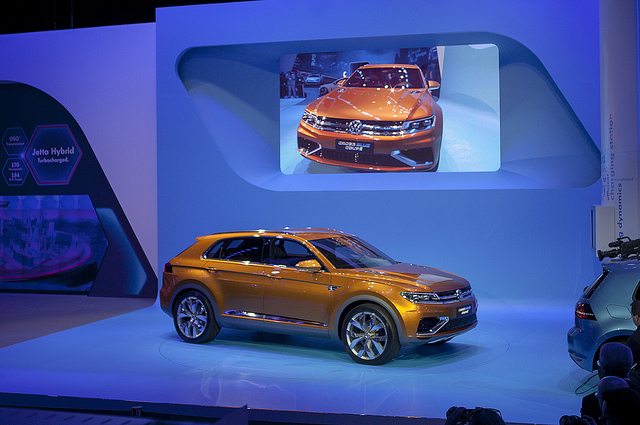
1. Jobs To Be Done
A primary reason for the car’s existence is to get us to work. In the mobile age, work is everywhere we are.
Mobile devices enable us to work anytime, from anywhere. They are even changing the meaning of work, its urgency, how we collaborate, how we respond, and what data is available.
Plug in from the coffee shop. Have a video conference while walking the dog. Check sales reports, site data and support emails from the couch. In this new world, cars are less important, less valuable.
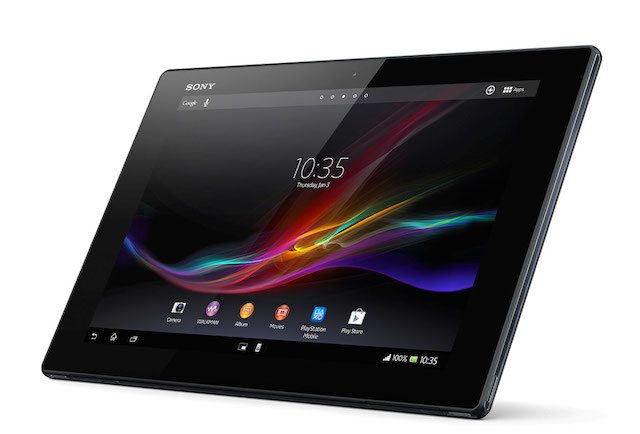
2. Location Location Location
We need to know where we’re going and want to know the best route. Smartphones are already better at this than cars:
- We are more familiar with smartphone mapping tools.
- They offer real time traffic data, including data from the crowd.
- They know our history, previous locations and preferences better than our (dumb) cars.
- They know our schedule and contacts better than our cars.
All of this means smartphones, not cars, can better predict where we need to be, where we should be, which path is best, and which mode is superior — car, public transit, ride service, walk or staying put. Yes, we still need the car to physically get us from Point A to Point B, but the value of the location data — more prevalent in our smartphones — is ascending.
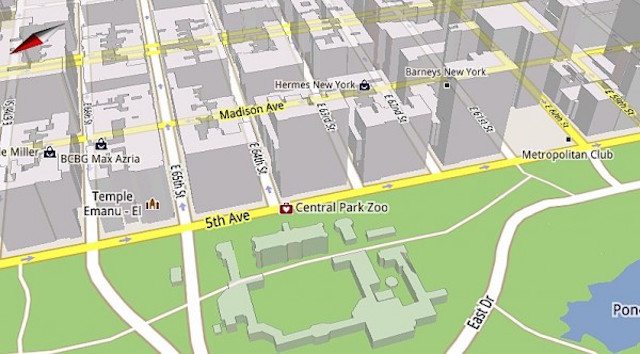
3. Entertainment
We are human. We need to be entertained. The more (and better) our smartphones entertain us — while we are in a car — the less important the car itself. The car’s value is diminished. Don’t believe me? Try this: commute in a $20,000 Honda Civic for one month, with your smartphone. Next, commute in a $90,000 Cadillac Escalade, fully tricked out, also for a month — but without connectivity. No streaming, no Siri, little to keep your and your passengers entertained.
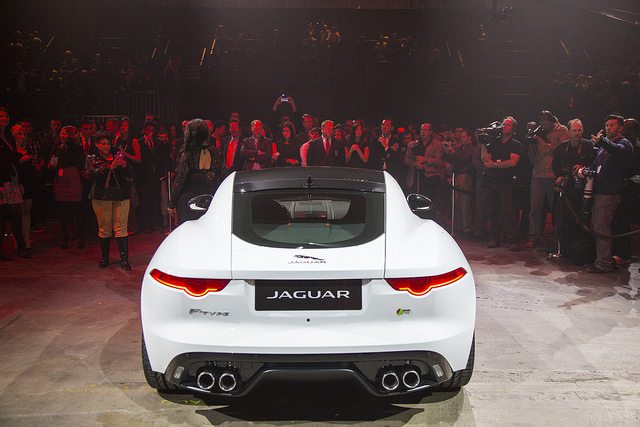
4. Interface
We deserve simple, instant access to our music, our contacts, our friends, our status updates. I have examined multiple cars at multiple price points and every smartphone I’ve ever used offers a superior interface to mapping, entertainment and other data — despite a 120 year head start for the car industry.
Apple’s CarPlay and Google’s AndroidAuto will deliver simpler, more responsive interfaces, better data, richer options. Expect these to become the norm, not the car maker’s lesser, more confusing dashboard configurations.
As the more personal, interactive interface of the smartphone evolves — from inside the car — the more the car itself becomes merely a vehicle for transportation. Again, this will diminish the car’s value.

5. Ownership
Uber and similar services, all thriving due to the smartphone, are further undermining the value of a car. Consider that if you live in an “exurb” and commute to the big city for work every day, and your commute totals a whopping 20 hours per week, you are still only using your expensive car for no more than 20% of the day.
That’s a wasted asset. Why pay tens of thousands for a car that will rarely be used when someone else can take you to wherever you need to be?
Yes, the convenience of owning still trumps “ride sharing.” Owning a car means it’s always right outside your door, available at a moment’s notice.
This will change. Smartphones will soon enough be able to proactively tell any available car to be waiting and ready for us, wherever we are. Knowing our calendar, preferences, history and habits, our present location, our to do list, and knowing who we are with — and who we may need to impress — will become more valuable than having the same owned, under-used car always nearby, eating up our limited wealth.

6. Freedom
Cars are freedom. Every teenager knows this.
Or, once did.
The open road may beckon some but with constant connectivity to friends and family, with our favorite musical groups via social media, with our favorite TV stars via Twitter, with our favorite books on Kindle, it’s time to accept a new truth: we now have more freedom inside our smartphone than is available anywhere our car may take us. No wonder fewer teens are interested in getting a driver’s license.
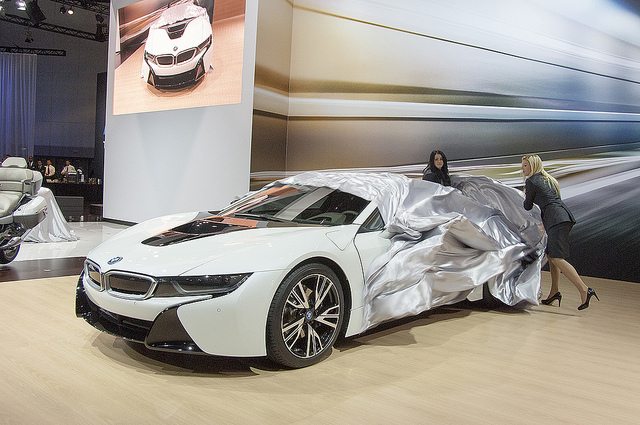
7. Under The Hood
For decades, car owners loved to get under the hood, tinker with the engine, make modifications and personalize their cars. Look at today’s engines, especially those that are hybrid or electric, and know that one of the glories of car ownership is rapidly being stripped away. Only trained experts using the right tools can safely modify your purchased vehicle.
Mostly, it’s the same with smartphones. Still, after-market accessories and efforts such as Google’s “Project Ara,” which lets users customize their own mobile device, may foster a generation of smartphone tinkerers who previously might have liberated their mechanical creativity on the internal combustion engine.
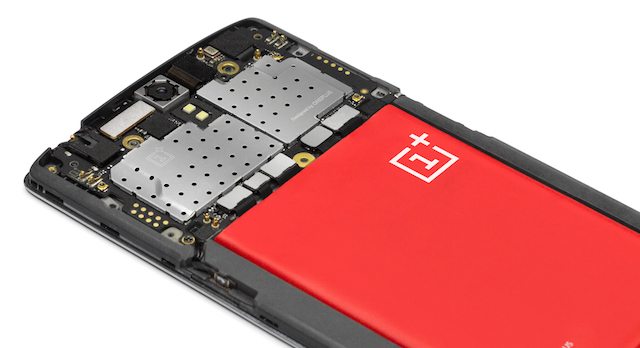
We are rapidly approaching a world where a $250 smartphone is more important than a $25,000 car. The world will never be the same.
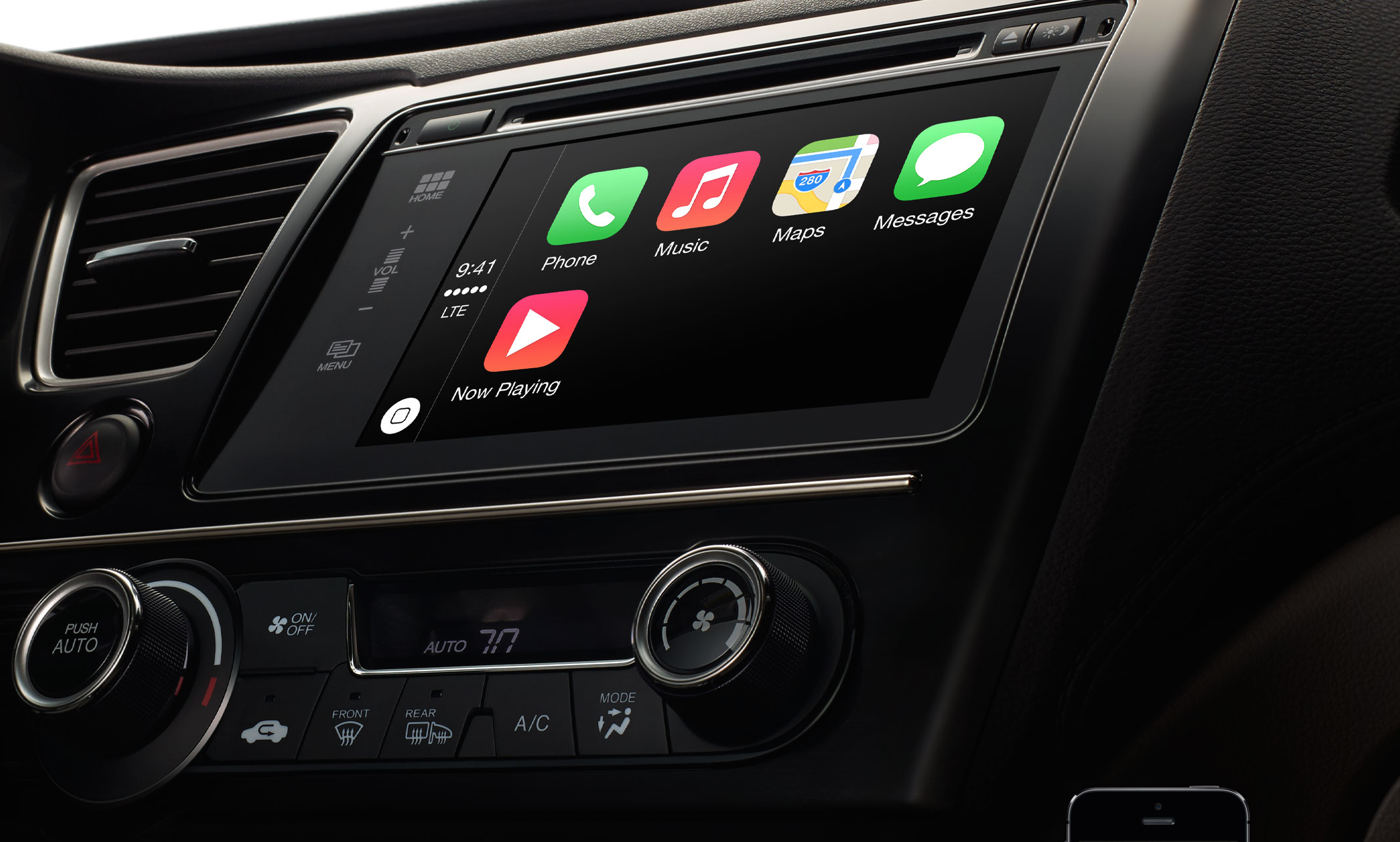
You really went out on a limb with your title here. I like that, but I definitely need to let this ferment.
I guess the important part is which is primary and which is peripheral. With cars, I would say that the vehicle itself is primary and the non-transport computer aspects are the peripheral which adds value to the car. They add value to the car. By the same token, during the ride, the smartphone is the peripheral device.
Wow. Great article, Brian. So much good stuff to chew upon. I don’t have time to properly respond to all of your excellent points but be assured that you’ve given me much to think upon.
I think you are on to something, but it may even be worse than you think. While a car used to be the main status symbol for many people, smart phones are now often claiming that honour (especially for city dwellers who are usually seen without their cars, but always with their phones). Cars are no longer able to claim the mindshare that they once did.
As for the user interface in cars, I can only agree that the collective automotive industry is flat out incompetent.
Well said. Thanks.